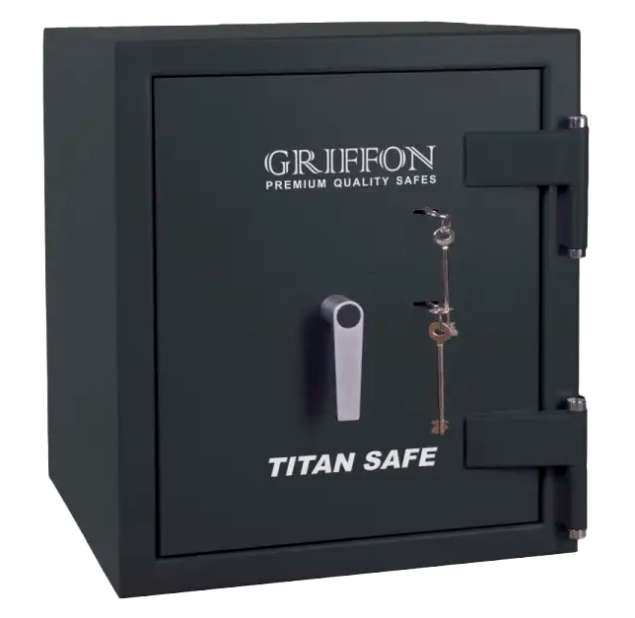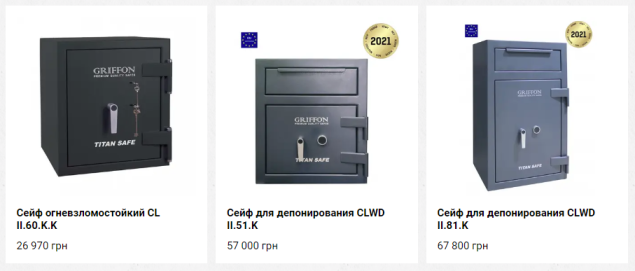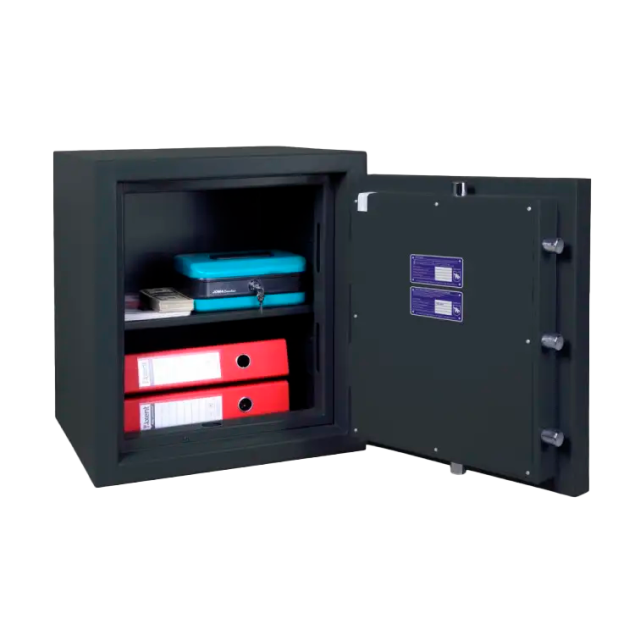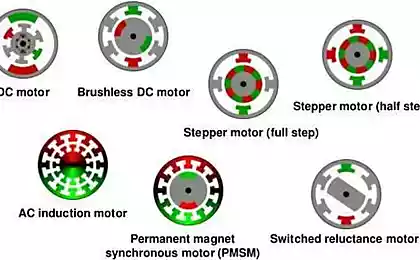639
Characteristics of bank safes

Bank safes are an integral part of the security and value protection system in the banking sector. Their role in ensuring the safety of cash, documents, jewelry and securities cannot be overestimated, since they provide a reliable and high-tech means of storage.
These innovative bank safes come with various features that not only meet high security standards but also meet the needs of customers for ease of use. In this text, we will consider the main characteristics of bank safes, providing a look at their technological features and functionality that contribute to the reliable protection of valuables in modern banking.

Distinctive features of bank safes
Bank safes are high-tech security systems that have a number of distinctive features that make them unrivaled means of storing valuables. Here are a few key features that make safe deposit boxes stand out:
- Heat and Fire Resistant: Many bank safes have the ability to withstand high temperatures in the event of a fire, preventing damage to the valuables stored in them.
- Specialized Locks and Keys: Bank safes are equipped with sophisticated locks and keys that provide the highest level of protection against unauthorized access.
- Biometric Identification: Modern safes can use biometric technologies such as fingerprint scanners or facial recognition to more securely identify the owner.
- Electronic Monitoring Systems: Integrated electronic monitoring systems monitor unauthorized access attempts and can alert security teams in real time.
- Reinforced Wall Construction: The walls of bank safes are often made from special reinforced materials, making them resistant to physical impacts such as burglary and mechanical attacks.
- Spatial Efficiency: Modern safes are designed to make optimal use of space, providing maximum capacity in a minimum footprint.
- Options for Connecting to Bank Security Systems: Some safes can be integrated into the overall bank security system, which provides an additional level of protection and monitoring.
These characteristics will help you buy a furniture safe, which will become an integral part of the infrastructure of financial institutions, guaranteeing safety and reliability for storing customer valuables.

Rules for purchasing furniture safes
When selecting and purchasing a furniture safe, there are several important guidelines to consider to ensure that your valuables are effectively protected and that the safe suits your needs. Here are some key rules:
- Size and Capacity: Assess the number and type of valuables you plan to store in the safe. Choose a safe with enough capacity and the right interior compartments to suit your needs.
- Level of Security: Review the level of protection provided by the safe. This includes fire resistance, water resistance and burglary resistance. It is important that the safe meets your security requirements.
- Lock Type: Consider the lock type of the safe. There are electronic, mechanical and biometric locks. Each has its own advantages and disadvantages, and the choice depends on your preferences and needs.
- Material and Construction: Pay attention to the material the safe is made from and its construction. High-quality furniture safes usually have reinforced walls and doors, which makes them more resistant to physical impact.
- Installation and Premises: Consider where the safe will be installed and how it will be mounted. Some safes are designed for wall mounting, while others are designed for floor mounting. Make sure you choose a safe that can be safely installed in the location you choose.
- Brand and Reputation: Research safe brands and manufacturers. Customer reviews and the company's reputation can be helpful in making a decision.
- Price and Warranty: Compare prices of different models, but remember that safety must come first. Check to see if the safe comes with a warranty to ensure its long-term use.
Following these guidelines will help you choose a furniture safe that best suits your needs and will provide reliable protection for your valuables.
In conclusion, choosing and purchasing a furniture safe is an important step in ensuring the safety of your valuables. There are certain guidelines to follow to ensure that the safe meets your needs and provides effective protection. The size and capacity of the safe, the level of security, the type of lock, the material and design, the installation and location, the brand and reputation, as well as the price and warranty are all factors when making a decision.
Make sure the safe you choose provides sufficient security to store your valuables and meets physical and technical standards. The manufacturer's reputation and reviews from other users can also serve as a reliable guide when making a decision.
Finally, remember that an investment in a quality furniture safe is an investment in the protection of your valuables and peace of mind. Following the above guidelines will help you choose a safe that combines reliability, ease of use and suits your needs.

Volkswagen Service Station: Professional Care of Your Car
How to download videos from Instagram: Simple and Quick Guide























